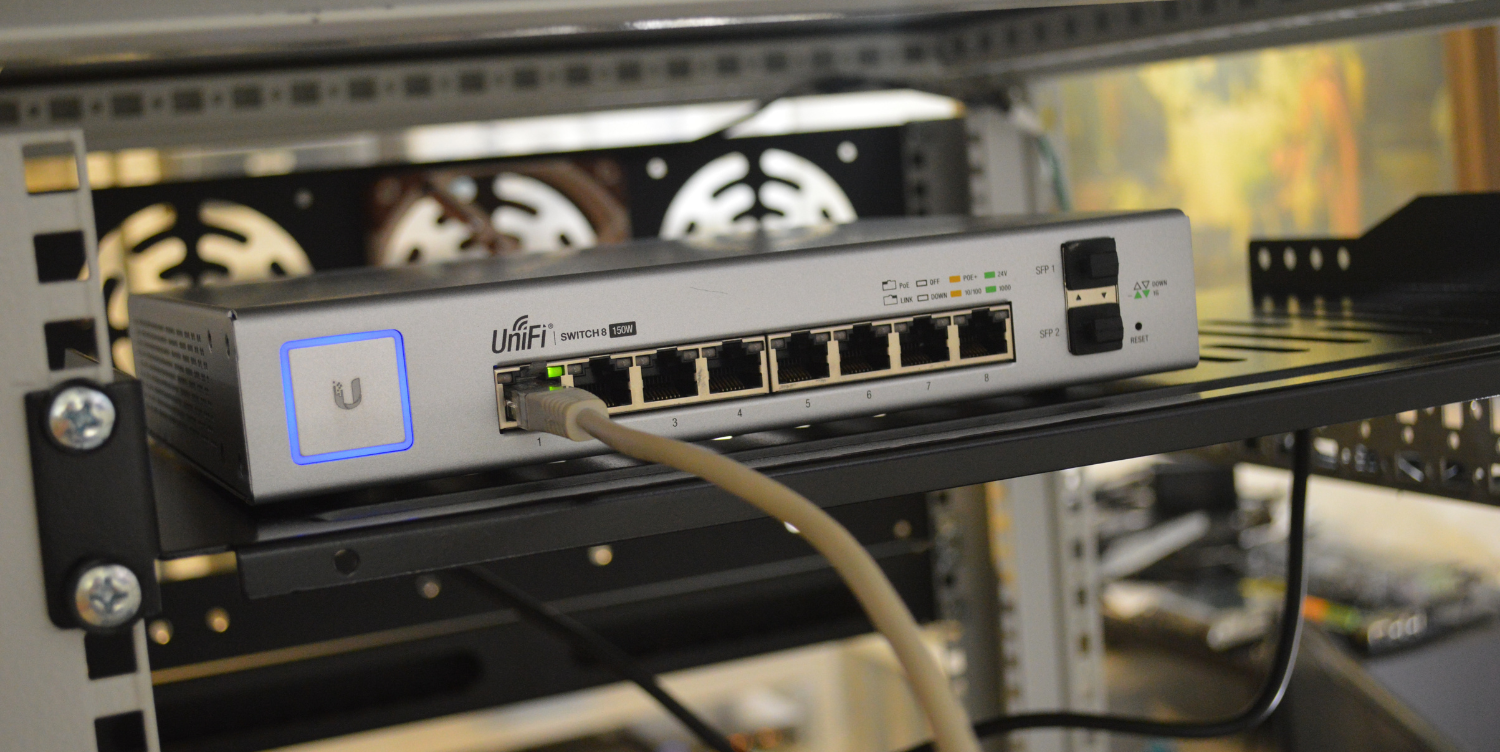In the world of networking hardware, switches play a vital role in connecting multiple devices within a local area network. While they might seem similar at first glance, managed and unmanaged switches have distinct differences that can significantly impact your home network’s performance and control.
In this blog post, we’ll delve into the intricacies of managed and unmanaged switches to help you make an informed decision about which type is best suited for your home network setup.
Introduction:
When it comes to networking, it’s easy to assume that all switches are created equal. However, this assumption couldn’t be further from the truth.
Managed and unmanaged switches, while serving the same basic purpose of connecting devices, operate in very different ways and offer distinct advantages depending on your network requirements.
Understanding the Basics:
At its core, a switch is a piece of hardware that facilitates the connection of multiple devices over a local area network. It leverages a process known as packet switching to efficiently route data to the appropriate devices.
Imagine a business environment with several computers needing to communicate and share files. A switch enables these computers to seamlessly connect via Ethernet cables, facilitating smooth communication and file sharing.
Unmanaged Switches:
Unmanaged switches are the simplest form of networking hardware. They offer a plug-and-play experience, requiring minimal setup. Just connect your devices, provide power, and you’re good to go.
These switches come with a fixed configuration set by the manufacturer, which you can’t modify. Unmanaged switches are ideal for smaller networks where users are content with the predetermined setup.
Most home networks fall into this category, as these switches offer hassle-free device connectivity over Ethernet, providing a reliable alternative to potentially less stable Wi-Fi connections.
Managed Switches:
Managed switches, on the other hand, offer a greater degree of control and customization. They provide advanced features that allow you to manage and monitor your network in more detail.
Managed switches come with remote console access through command line or web interfaces, enabling you to make changes and monitor your network’s performance from a distance.
This feature is particularly valuable in business environments where networking equipment might be distributed across different locations.
Key Features of Managed Switches:
Simple Network Management Protocol (SNMP): SNMP is a standard protocol used for monitoring and configuring networks remotely. It allows you to monitor network performance and troubleshoot issues without physically interacting with the switch.
VLANs (Virtual Local Area Networks): VLANs group devices virtually, enhancing security and reducing unnecessary network traffic. They enable you to prioritize different types of network traffic and manage available bandwidth effectively.
Quality of Service (QoS): Managed switches let you prioritize specific types of network traffic, ensuring optimal performance for essential devices.
Port Mirroring: This feature facilitates network diagnostics by sending copies of traffic to a specific port for analysis, without disrupting the network.
Redundancy: Managed switches offer backup mechanisms that maintain network access even in the event of failures, minimizing downtime.
Spanning Tree Protocol: This prevents network loops by activating standby links when the primary link fails.
Smart vs. Fully Managed:
Managed switches come in two categories: smart and fully managed. Smart switches offer fewer features and configuration options but are more affordable. Fully managed switches provide comprehensive control and features but are more suitable for complex enterprise environments.
Choosing the Right Switch:
When deciding between managed and unmanaged switches for your home network, consider your requirements. Unmanaged switches are excellent for simple, plug-and-play setups, while managed switches offer enhanced control and customization.
Conclusion:
In the managed vs. unmanaged switches debate, there’s no one-size-fits-all answer. The decision depends on your network’s complexity and your desire for control. Unmanaged switches are perfect for hassle-free connections in home networks, while managed switches provide advanced features for those seeking greater control and customization.
Remember, each network is unique, so carefully assess your needs before making a decision. Whether you’re a casual home user or a networking enthusiast, understanding the differences between managed and unmanaged switches empowers you to optimize your home network’s performance and functionality.

